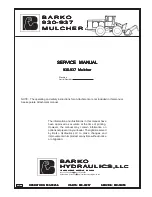
2
Functional Description
MS Detector
Thermo Scientific
Surveyor MSQ Plus Hardware Manual
25
Atmospheric Pressure Chemical Ionization (APCI)
In contrast to electrospray, APCI is a gas phase ionization technique. The sample is carried to
a spray region through a stainless steel insert capillary. The action of both the nebulizing gas
and the heated probe lead to the formation of an aerosol. The desolvation process is assisted
by a second concentric flow of nitrogen gas called the sheath gas.
Ionization occurs as the aerosol leaves the heated nebulizer region. A corona pin, which is
mounted between the heated region and the entrance cone, ionizes the sample molecules with
a discharge needle operating at a constant current of 2 to 10
μ
A in the positive polarity mode
or 5 to 30
μ
A in the negative polarity mode.
The newly formed ions then enter the focusing region through the entrance cone and pass
into the RF/dc prefilter region. See
Figure 16.
View of the APCI probe, showing the principal components and the pressure regions
LC eluent
Nebulizing gas, N
2
Sheath gas, N
2
Probe heater
Insert capillary
Entrance cone
RF/dc prefilter
RF/df prefilter
vacuum region
M-Path
vacuum region
Atmospheric
pressure region
1 Torr
10
-3
Torr
Extraction cone
Corona pin
Forepump
















































